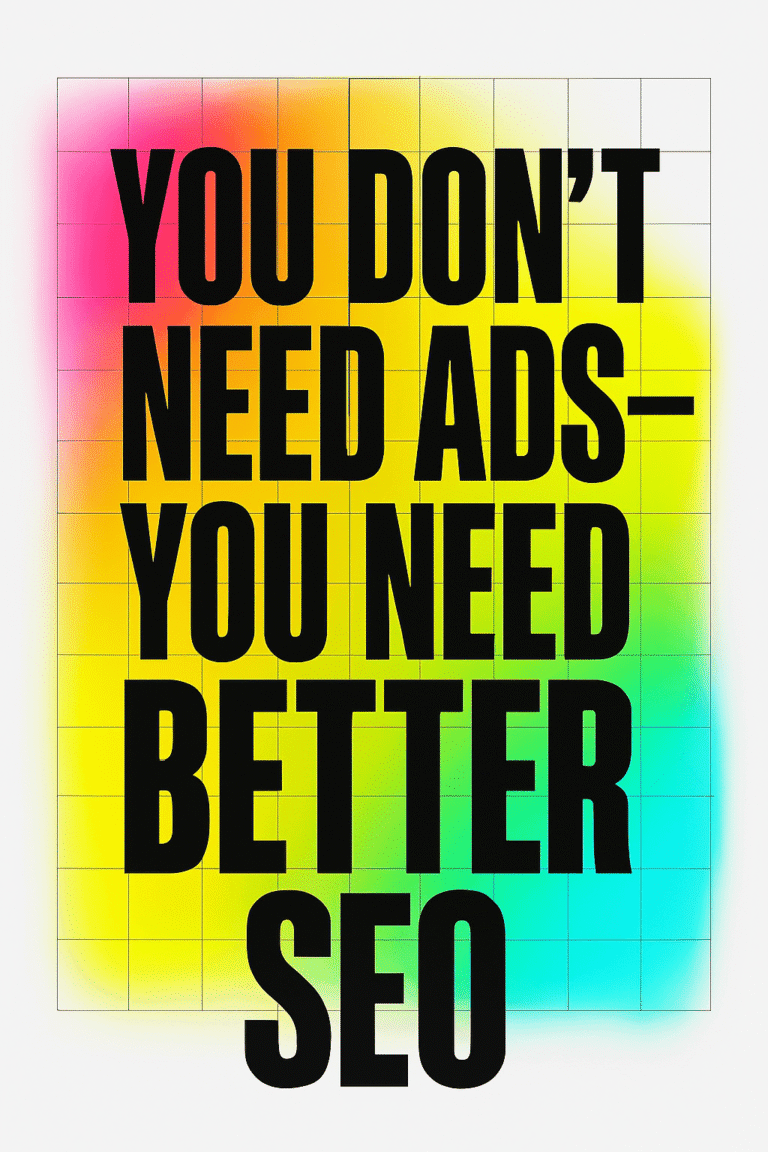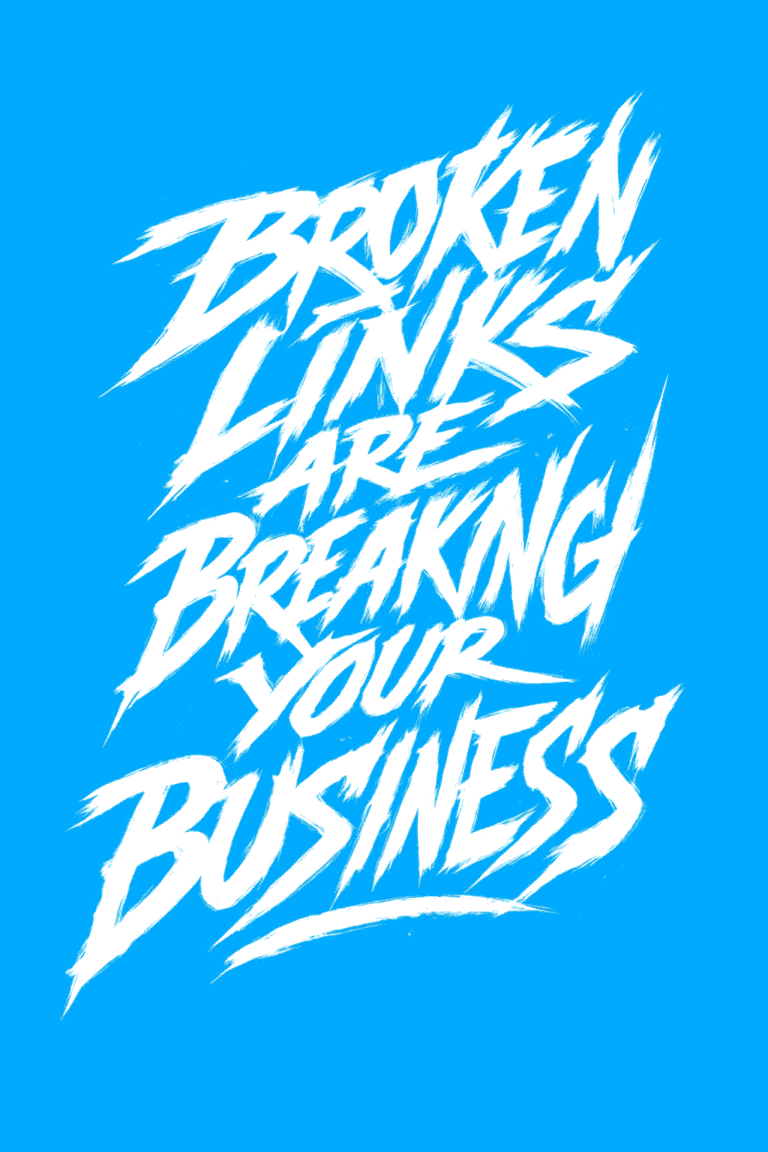
Have you ever wondered why some brands instantly make you feel calm, excited, or even hungry? Well, it’s not just a coincidence; there’s a science to it—color psychology. Colors do more than just make things look pretty; they can evoke emotions, influence perceptions, and even drive purchasing decisions.
Where brands are vying for consumer attention like never before, the colors you choose for your brand’s identity can set the stage for how people perceive and interact with you. So, we’re going to dive deep into the fascinating world of color psychology and how it plays a crucial role in branding.
Whether you’re building a brand from scratch, thinking about a rebrand, or simply curious about the impact of color on human behavior, this blog post is your go-to guide.
Ready to add some color to your brand’s life? Let’s get started!
The Basics of Color Psychology
If you’ve ever felt your mood lift when you walk into a sunny yellow room or a sense of calm wash over you in a blue-toned space, you’ve already experienced color psychology in action.
So, what is color psychology, anyway? Simply put, it’s the study of how color influences human behavior and decision-making. Colors have the power to evoke emotions, create psychological reactions, and even stimulate certain physical responses. Wild, right?
Let’s break down some classic examples:
- Red: This is the color of urgency and excitement. Ever wonder why “SALE” signs, stop signs, and fast-food logos often use red? It grabs your attention and can even increase your heart rate a little.
- Blue: Think calm, serene, and trustworthy. That’s why you see it in places like hospitals and used in brands that want to evoke a sense of reliability—looking at you, social media platforms!
- Green: This color often signifies growth, nature, and relaxation. It’s widely used in stores to make customers feel more at ease. Also, ever notice how much it’s used in organic or eco-friendly brands?
- Yellow: Ah, the color of happiness and optimism. It’s bright and eye-catching, which is why it’s frequently used in window displays and advertisements to capture attention.
- Black: This color is all about luxury, sophistication, and power. That’s why you’ll see it in high-end brands and formal events.
- White: Symbolizing purity, simplicity, and cleanliness, white is often used to create a sense of space and openness.
By understanding these basic tenets of color psychology, you’re already a step ahead in crafting a brand identity that not only looks good but also connects with your audience on a deeper emotional level.
The Science Behind the Spectrum
Alright, time to put on our lab coats and geek out a bit. If you’re like me, you probably want to know there’s some solid science backing up these ideas about color and psychology. So, let’s dig into the research.
The Studies and Research
- The “Red Sneaker Effect”: One study out of Harvard Business School explored the concept known as the “red sneaker effect.” The study found that nonconforming behaviors, like a professional wearing red sneakers in a business setting, can be seen as a status symbol. While the study isn’t purely about color, it emphasizes the psychological impact of color in setting people apart and generating specific perceptions.
- Impact on Conversion Rates: Studies on online shopping behavior have demonstrated the impact of color on conversion rates. For instance, changing a call-to-action button from green to red can significantly affect clicks, sometimes positively and sometimes negatively, depending on the context.
- Mood and Cognitive Performance: Another study explored how exposure to the color red before an exam actually impaired cognitive performance. This aligns with the idea that red often signifies danger or urgency and may trigger a stress response.
- Brand Recognition: Research indicates that up to 90% of snap judgments made about products can be based on color alone. That’s a pretty staggering statistic when you think about the impact on branding.
How Our Brains Process Colors
Let’s get neurological for a sec. The way we perceive color starts in our eyes, specifically in the retina. Light hits the retina and gets converted into electrical impulses, which then travel to the brain. Once in the brain, these impulses are interpreted as color.
Different colors have different wavelengths, and these can stimulate different areas of the brain. For example, red has a longer wavelength than blue, and it stimulates areas of the brain associated with alertness and attention. On the other hand, blue stimulates areas that create a sense of calm and relaxation.
What this means for your brand is that the colors you choose are not just a matter of aesthetic; they’re actually interacting with the brains of everyone who encounters them. Pretty cool, huh?
So, if you’ve been wondering whether color psychology is just a fad or some pseudoscience, rest assured, it’s backed by research and rooted in how our brains work. Now, let’s take this newfound knowledge and apply it to real-world branding. Shall we?
Industry-Specific Examples
Okay, folks, let’s get down to brass tacks—or should I say, let’s get down to color swatches? Now that we’re armed with some scientific knowledge, let’s take a tour of different industries to see how they employ color psychology in their branding. Trust me, it’s more than just picking a color because it looks “cool” or “pretty.”
Food Industry
- Red and Yellow: Ever notice how many fast-food logos pair these two colors? Red tends to stimulate appetite and create a sense of urgency, while yellow brings in warmth and happiness. Together, they make you want to stop and grab a quick, cheerful bite.
- Green: Health-focused or organic food stores often utilize shades of green to evoke feelings of freshness, health, and well-being.
Tech Industry
- Blue: Many social networking sites and software companies go for shades of blue to convey trustworthiness, reliability, and a calm user experience.
- Black and Gray: High-end tech products often lean into these colors to project sophistication, luxury, and innovation.
Fashion Industry
- Black: High-end fashion brands typically opt for black to signify sophistication, luxury, and timelessness.
- Vibrant Colors: Youth-oriented or sports-focused fashion brands often go for bold, dynamic colors to signify energy, fun, and movement.
Health and Wellness Industry
- Blue and Green: Calm and trustworthy tones of blue and green are prevalent in this sector. They can be seen in everything from hospital logos to wellness apps.
- Purple: Sometimes used to signify spirituality and wisdom, especially in wellness and self-care brand logos.
Financial Industry
- Blue and Green: Trustworthiness and reliability are paramount here, and that’s often conveyed through shades of blue. Green, which often signifies growth and prosperity, is another popular choice.
So, the colors chosen in various industries aren’t random; they’re carefully selected to evoke specific feelings and actions from consumers. And while two industries might use the same color, the hue, saturation, and combinations are often tweaked to match the specific messaging of that sector.
Common Pitfalls to Avoid
Alright, before we talk about how to make your brand colors shine, let’s go over some of the “don’ts” that could make them flop. Trust me, a little caution can go a long way.
Overloading with Too Many Colors
It’s like a buffet: just because you can have everything doesn’t mean you should. Too many colors can overwhelm your audience and dilute your message. A well-chosen palette of 2-4 colors is usually enough to make your brand visually appealing without causing sensory overload.
Being Unaware of Cultural Differences in Color Perception
Remember, not all colors mean the same thing everywhere. For instance, white might signify purity and cleanliness in one culture, but in another, it’s the color of mourning. So, if you’re targeting a global audience, it’s worth investing the time to understand the cultural implications of your color choices.
How to Evaluate and Update Your Current Brand Colors
Got an existing color scheme? Great, but there’s always room for improvement. Here’s how to check if it’s still pulling its weight.
Signs that Your Color Choices May Not Be Effective
- Low Conversion Rates: If you’ve A/B tested everything else and are still seeing low engagement, your colors might be the culprit.
- Negative Customer Feedback: If your audience openly says the visuals are off-putting or confusing, listen up.
Steps for Re-Evaluating and Potentially Updating Your Color Scheme
- Conduct a Brand Audit: Look at all your branding materials—both digital and print—to see if the colors align with your brand’s values and goals.
- Consult Your Audience: Sometimes, the best advice comes straight from the horse’s mouth. Consider running surveys or focus groups.
- Test New Colors: A/B testing isn’t just for headlines and call-to-action buttons. Use it to try out new colors and measure their impact.
Conclusion
Alright, we’ve covered a lot, haven’t we? From the science behind how colors affect our brains to specific examples in various industries, and even some pitfalls to watch out for. The takeaway here is that color psychology isn’t just a gimmick; it’s a crucial aspect of effective branding.
So, what’s the next step for you? Take a moment to evaluate or re-evaluate your brand’s color choices. If you find room for improvement, don’t hesitate to make a change. Your brand’s effectiveness—and your bottom line—may depend on it.
Feeling overwhelmed? Don’t sweat it. If you’re looking for experts to help revamp your brand’s visual identity, including color choices, you know where to find us. Let’s make your brand unforgettable.





